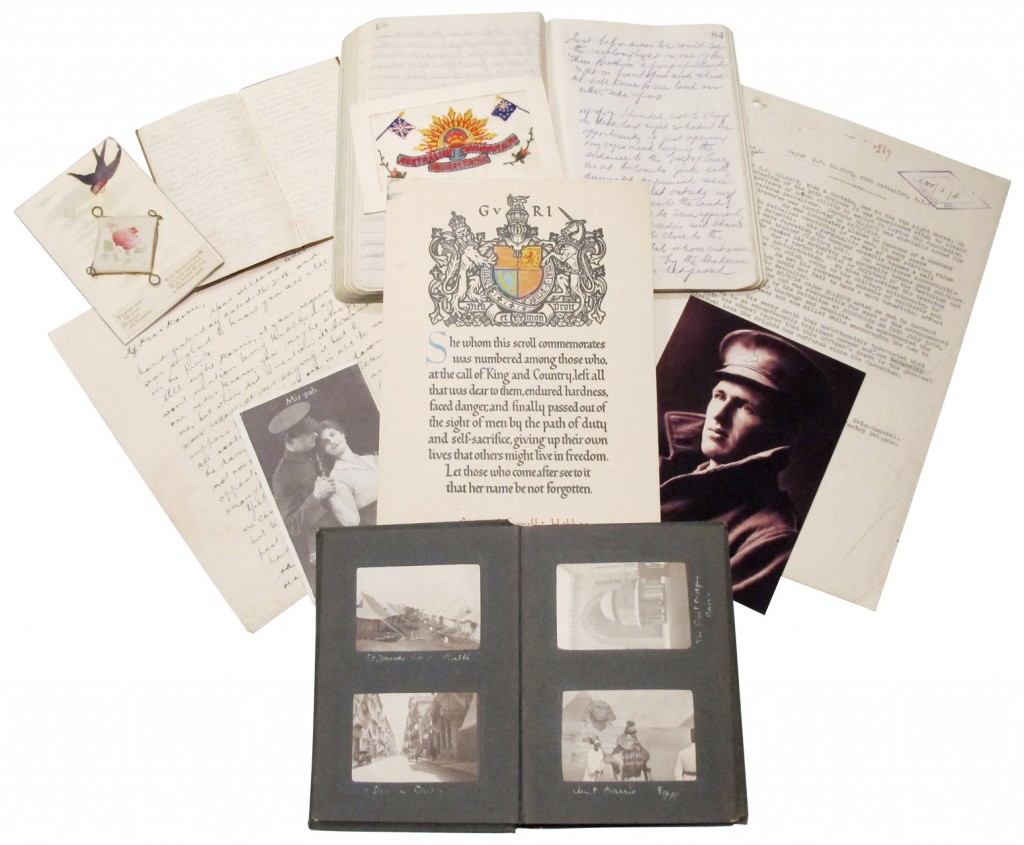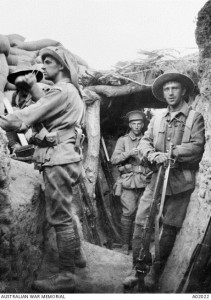The 100th Anniversary of ANZAC will be commemorated on 25 April 2015. The Australian and New Zealand Army Corps (ANZAC) was first formed in Egypt where the troops were training and from where they were sent to Gallipoli to fight their first battle against the Turks in order to try and secure passage to the Black Sea for Russia and her allies, Britain and France, the final aim being the capture of Constantinople (now Istanbul), the capital of the Ottoman Empire which at the time was an ally of Germany.

Fighting alongside the ANZACS at various points in time were troops from other countries including the 7th Brigade of the Indian Mountain Artillery, Ceylon Planters Rifle Corps troops and the Zion Mule Corps. On 25 April 1915 the ANZACS landed on Gallipoli with troops from Britain, and France. The Gallipoli campaign lasted eight months and ended with defeat and the resulting loss of over 8,000 Australian and over 2000 New Zealand officers and soldiers. The most successful part of the campaign was the evacuation of troops on 19 and 20 December, 1915 under cover of a highly covert operation which succeeded in deceiving the Turks into thinking that no such operation was being undertaken. As a result, the Turks were only able to inflict negligible casualties on the retreating forces.
Aside from waging battle with the enemy in temperatures of extreme heat and intense cold, the soldiers had to contend with life in the trenches which were infested with rats, lice, fleas and swarms of flies. The inability to bury the dead and lack of sanitation and clean water resulted in outbreaks of dysentery and typhoid. “So great became the stench from the rotting corpses in no-man’s-land that a truce was arranged for 24 May 1915 to allow both sides to bury their dead in pits and trenches between the lines.” (Reference)

Charles Edwin Woodrow Bean, schoolmaster, judge’s associate and barrister turned journalist was appointed official war historian in September 1914. Bean edited a 12 volume history of Gallipoli, writing the first 6 volumes himself, Official History of Australia in the War of 1914–1918.
The writings of Charles Bean strongly assisted in endowing a heroic status on the ANZACS and gave rise to what became known as the Anzac spirit or Anzac legend. An oft quoted phrase from one of his publications, Anzac to Amiens: Ch XI p181
…Anzac stood, and still stands, for reckless valor in a good cause, for enterprise, resourcefulness, fidelity, comradeship, and endurance that will never own defeat.
“ANZAC, a single word so powerful in the Australian vocabulary that it can bring a tear to the eye, a lump in the throat and a feeling of pride, just to be an Australian. A word that brings to mind those other words so uniquely Australian that had their origin in the trenches of Gallipoli in 1915 – Cobber, Digger, Fair Dinkum, True Blue, Mate.” (Reference)
Each year Australia and New Zealand hold commemorative services not only in their respective countries but also overseas in Turkey and France at Villers-Bretonneux and Bullecourt. Australia and New Zealand conduct three commemorative services at Gallipoli: a joint Dawn Service at the Anzac Commemorative Site, followed by an Australian Memorial Service at Lone Pine, and a New Zealand Memorial Service at Chunuk Bair. In 2015 ceremonies will also be held around the world in the United Kingdom, Newfoundland and Ottawa in Canada, Belgium, Papua New Guinea, Thailand and Malaysia.
For Australia, as for many other nations, the First World War remains the most costly conflict in terms of deaths and casualties. From an Australian population of fewer than five million, 416,809 men enlisted, of which over 60,000 were killed and 156,000 wounded, gassed, or taken prisoner. (Reference)
A growing selection of government records about Australians and New Zealanders in World War I and the Boer War may be viewed and read together with the personal stories of service men and women through original archival records.
Spirit of Anzac Centenary Experience
Keepsakes: Australians and the Great War
Petal Kinder
